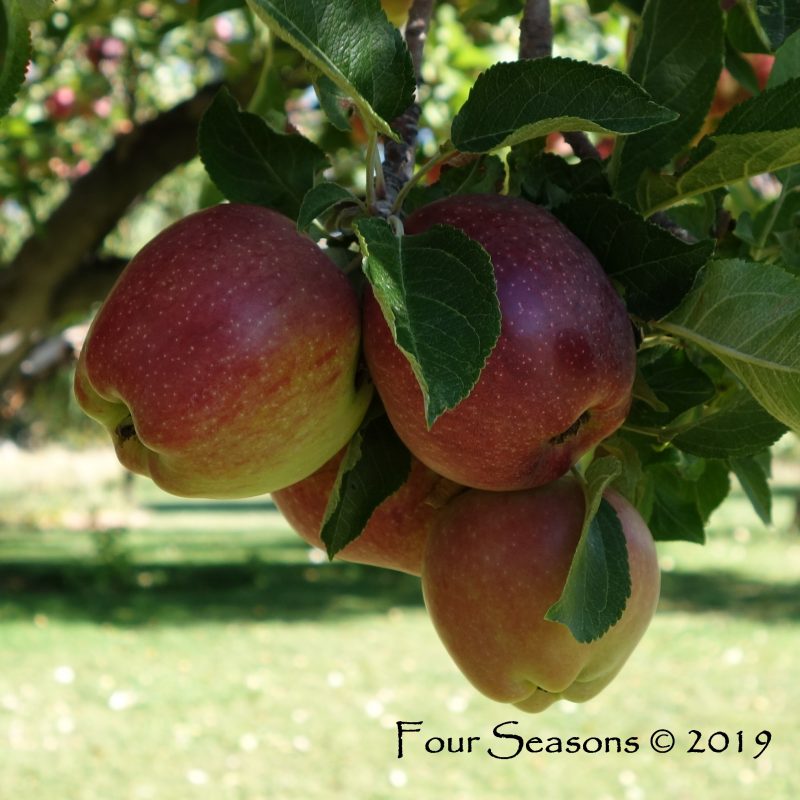If the swelling on the buds of the trees in my yard are any indication, we might be in for an early spring. Although warmer temperatures early in the season are always welcome after the winter days, they aren’t such good news if you have an orchard or flowering fruit trees. Many years the trees break dormancy and begin to flower just in time for a hard freeze to kill all of the blossoms and you end up losing all of your fruit for that year. The good news is that there is a way to slow their blooming and perhaps save your crop.
You might be able to save your crop by artificially delaying when they break dormancy and start to flower. This is done by applying a thick layer of mulch, straw, or hay around the trees which tricks them into thinking it’s still winter and not time to start to grow just yet. It is vital that this is done before the sun strengthens and the ground begins to thaw and warm up, usually in January or February, so now is the perfect time.
You must do this while the ground is still cold and frozen in order for it to be effective because you want to keep the ground soil from changing temperatures too quickly. The mulch will warm up but the ground underneath will stay cool. In effect, it’s reverse insulation because instead of trying to keep something warm, you are trying to force it to stay cool.
Apply a thick layer of mulch, hay, or straw around your fruit trees out to the dripline. This is the imaginary line where water would drip from the leaves of the trees onto the ground. By “thick layer” I mean just that- at least a foot deep but up to two feet is fine. You can use any organic matter- hay, straw, or mulch. Even compost or Back to Earth will work well. The point is just to get something on top of the ground above those roots that will keep them from warming up.
When applying your mulch, be sure to leave a gap of a few inches right at the base of the tree trunk to allow sunlight and air in to circulate. Don’t mound your mulch right up to the trunk. If you cover the base of the tree for a foot or two, you can kill the tree.
Leave your covering material on until the tree begins to break bud, then remove it. This method will usually delay the blooming by one to two weeks which might be just enough time to save your crop.
Obviously this will require quite a bit of material so it may work best with smaller trees, but you can recycle that material for other uses once you have uncovered your trees. Mulch, Back to Earth, or compost can be used in your garden, and hay or straw can be repurposed as well.
While this method isn’t foolproof, particularly if we have a surprise late freeze or two, it works well in many areas to give the blossoms just enough time to make it through the hard freezes that often plague our area during the spring season.
If you are a fruit lover who is tired of having beautiful, leafy fruit trees, without any fruit to harvest come summer, or to can or freeze, it’s a relatively easy and fairly inexpensive trick worth trying in your home orchard.

